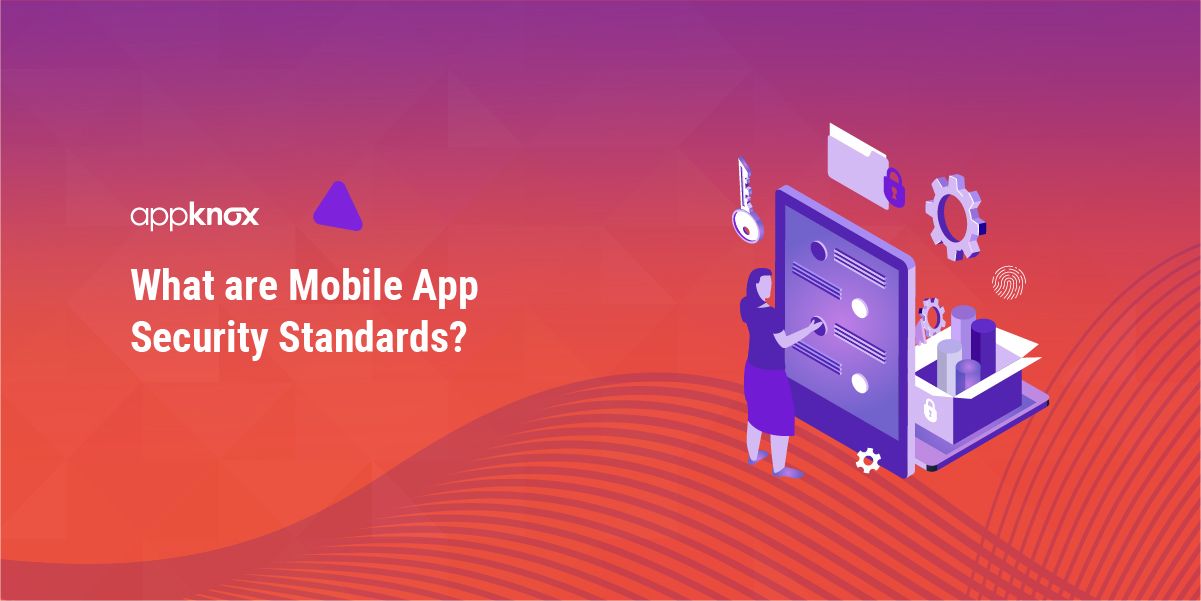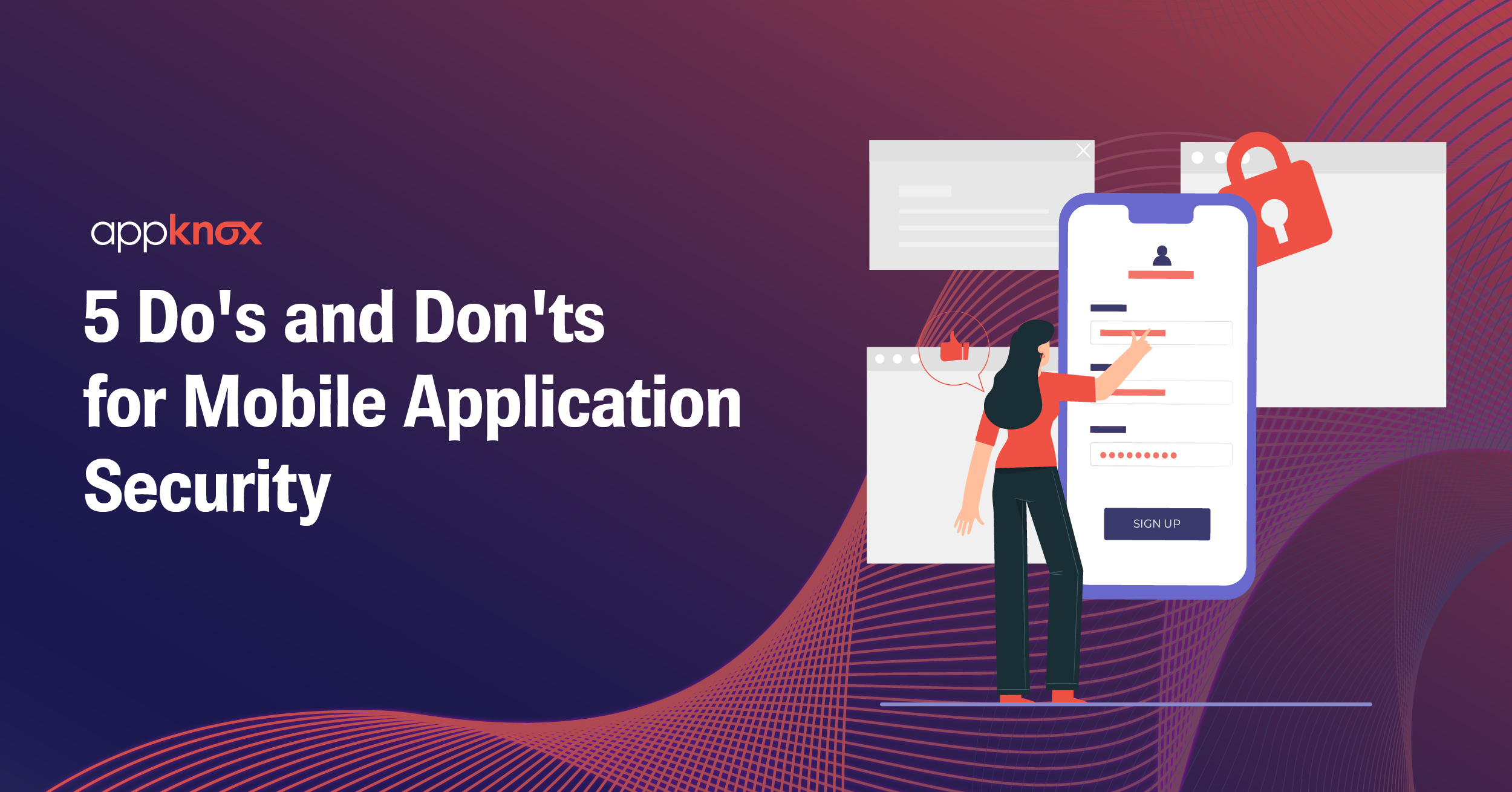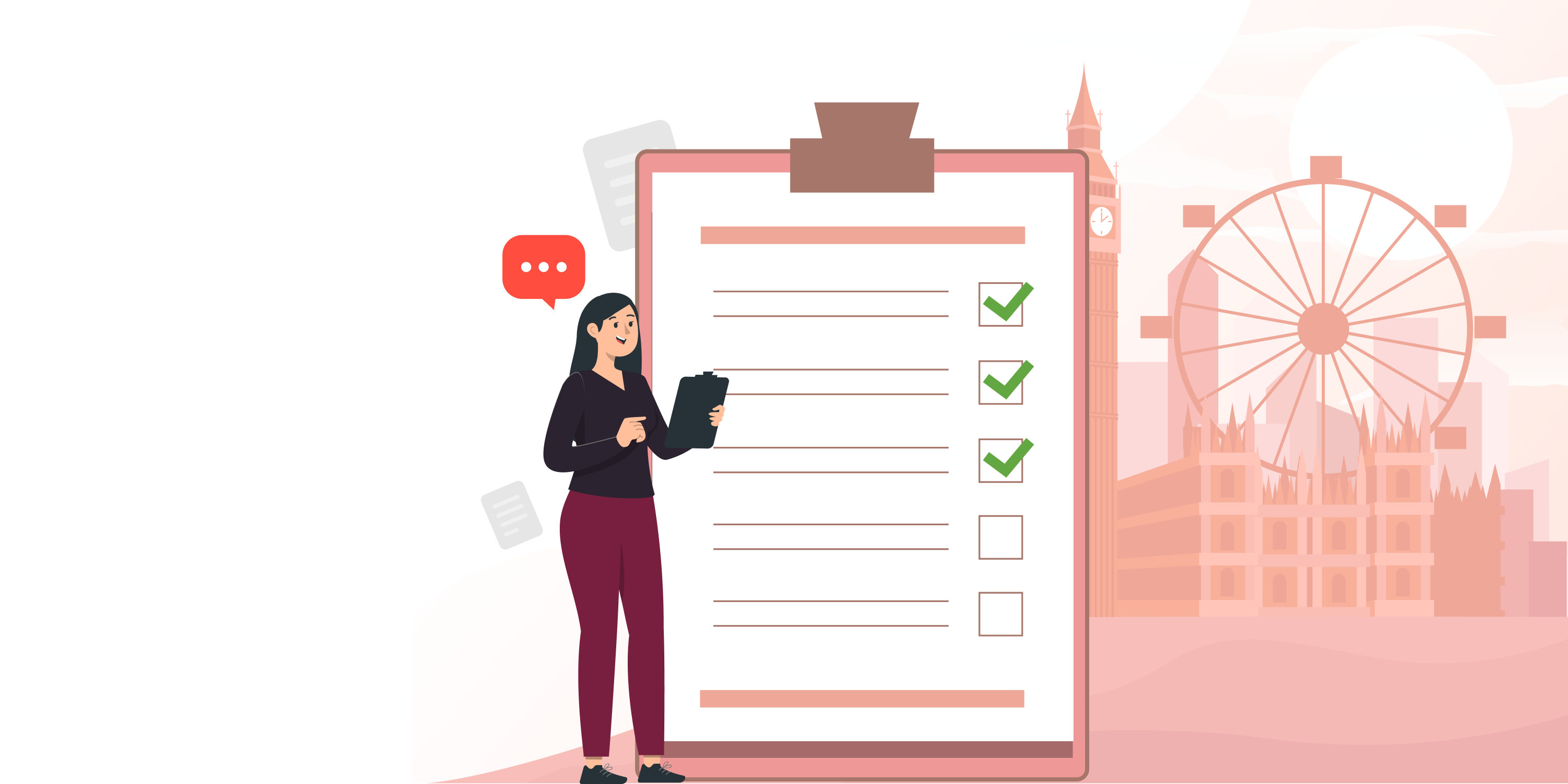With an increasing overflow of threats and attacks on mobile apps, businesses are now more concerned than ever about making their apps safe and secure for their users. Even the apps which were deemed to be secure and impenetrable are now being crept into with severe vulnerabilities. And this is why there is a huge priority shift happening across the globe toward mobile application security.
According to Gartner, the global market for information security is expected to cross a market cap of $170.4 billion. This already highlights the level of urgency that is being showcased towards strengthening the security of application infrastructure and also the depth of options for security assurance available in the market to choose from.
The mobile application security solutions following some of the highly advanced mobile app security standards are generally the ones that are trusted the most by security experts. In this blog, we will explore some of these leading security standards and find out what other key parameters you must consider while evaluating and selecting a mobile application security solution for your business.
5 Mobile Application Security Standards
When it comes to looking out for viable solutions which can quickly highlight code defects and vulnerabilities in your mobile apps, it is essential to keep a few important points in mind. The best selection strategy is to explore tools that are built based on leading industry guidelines and standards like OWASP, NIAP, CWE, and CVSS.
So let's explore these major mobile app security standards in detail and find out how they can play their role in the safety and security of your apps.
1. OWASP Top 10 Mobile Threats
When opting for a quality mobile application security testing tool, it is essential to figure out whether it fits the testing and security requirements established by the OWASP (Open Web Application Security Project) Mobile Top 10. Trusted by millions, the OWASP Mobile Top 10 acts as a baseline when it comes to mobile application security and assists security and development teams to find and mitigate vulnerabilities earlier in the SDLC, improving the quality of their code and minimizing security flaws before pushing the app to deployment and production.
This primary security standard covers all important security categories like reverse engineering, authorization, authentication, quality of code, security of data at rest and in motion, and whatnot. All of these factors must be there on the security checklist of any development team.
2. Common Vulnerability Scoring Systems (CVSS)
Common Vulnerability Scoring Systems or CVSS is one of the most widely recognized standards when it comes to rating the severity of application vulnerabilities and determining the urgency of mitigation. This scoring system is utilized by most of the leading security tools to review the severity of detected vulnerabilities and determine the course of action.
CVSS produces a numerical score highlighting risk severity by capturing the key features and characteristics of the vulnerability. This score can then be translated into categories like low, high or medium, and based on this, the security teams can decide and prioritize their next steps and boost up their remediation and vulnerability management measures.
3. Common Weakness Enumeration (CWE)
Sponsored and managed by the United States Department of Homeland Security's US-CERT program, CWE or Common Weakness Enumeration is a list of some of the most common application security vulnerabilities. This community-developed mobile app security standard is utilized by most of the trusted mobile application security testing tools. CWE enables dev teams to have a more elaborative understanding of the possible security flaws and based on that select the best security tools and services to identify and remediate their application security issues.
4. National Information Assurance Partnerships (NIAP)
NIAP or National Information Assurance Partnerships is an IT security program developed by the government to make sure that the government apps align with the security standards set forward by the government and focus on end-customer needs. The NIAP outlines proper security assessment guidelines and makes sure that the concerned apps fit the risk evaluation criteria. The security tools which follow this stringent security standard are often considered one of the most suitable options for security testing.
5. Internet of Secure Things Alliance (ioXt)
With the advent of smart devices based on technologies like the IoT, it becomes essential to safeguard them and the associated mobile apps against severe security threats. The Internet of Secure Things Alliance (ioXt) is a major security program that focuses on security and regulation compliance for connected devices and their associated apps. ioXt consists of more than 300 member companies from several industry verticals like Amazon, Facebook, Google, Comcast, Schneider Electric, and many others. The ioXt sets up security parameters for a wide array of devices like smart speakers, lighting devices, webcams, etc., and also for the mobile apps that manage these smart devices.
Key Parameters while Evaluating Mobile Application Security Solutions
The global application security market is full of tools and solutions which promise the security of your mobile apps on so many levels. However, business leaders and security experts must choose widely based on their needs and whether the selected tool stands true to some of the key indicators, benchmarks, and parameters. Let's take a look at some of them.
1. CI-CD Tools/Marketplace Integrations
Before investing in any smart security solution, businesses must make it a priority to look at whether the tool or service can be easily integrated into the already existing resources like CI/CD pipelines and other marketplace integrations. Efficient application security tools can be easily and smoothly integrated with virtual and cloud environments, with other automation tools, with tools like Jira and ServiceNow, and also with other existing security services.
2. No. of False Positives and False Negatives
While false negatives in security testing are almost unacceptable, even false positives in software and application security tools can hamper the overall security posture. Though some parties consider false positives a good practice while highlighting security threats, it proves to be harmful to overall productivity in the long run.
This practice might create a significant negative impact as the habit of disregarding false positives highlighted by the security tool can also lead to less attention being paid to other upcoming vulnerabilities which might cause serious problems. That is why it becomes essential to trust only those tools which show minimum false positives and false negatives.
3. CXO Dashboard For Reporting
We know how vulnerability assessment tools can generate a huge number of security alerts followed up with high volumes of data. This makes it really difficult for stakeholders to appropriately assess the threats and come out with actionable insights. That is why an efficient dashboard becomes a must.
Effective dashboards provide a detailed overview of all the critical assets at stake and identified vulnerabilities and their associated configurations so that the CXO strategy and decision-making process becomes much smoother. Customization options in these dashboards are another feature that is in huge demand by the stakeholders.
4. Compliance and Regulations
Another important parameter to consider while selecting your mobile app security tool is to check whether it adheres to the standard global data privacy and compliance regulations. The tool must be able to scan your apps for compliance against standards like HIPAA, GDPR, OWASP, PCI DSS, and others. The tool must ensure that its security tests match the required international mobile application security standards and are also able to highlight critical security issues in time.
5. Remediation Guidelines
The tool you trust for your app’s security must follow the required remediation guidelines and support early mitigation of the detected vulnerability. The tool also must support easy and actionable insights delivered through remediation reports. The best VA tools are generally those who propel their remediation efforts without slowing down or causing roadblocks for the overall development process.
Conclusion
Organizations face a large number of confusing approaches and solutions when they think about incorporating the best security measures like secure coding and continuous testing into their infrastructure. While the search can be overwhelming, one thumb rule is to look for solutions that stand true to the established mobile app security standards.
Moreover, in the search for tools that can quickly identify vulnerabilities in mobile applications, it also becomes essential to validate whether they comply with global standards like GDPR, OWASP, HIPAA, etc., or not. In the long run, the solutions which keep on adapting themselves to the dynamic security needs are the best ones to go for.




.jpg)
 Gartner and G2 recommends Appknox | See how we can help you with a free Demo!
Gartner and G2 recommends Appknox | See how we can help you with a free Demo!
 Harshit Agarwal
Harshit Agarwal










_HighPerformer_HighPerformer.png)
_BestEstimatedROI_Roi.png)

